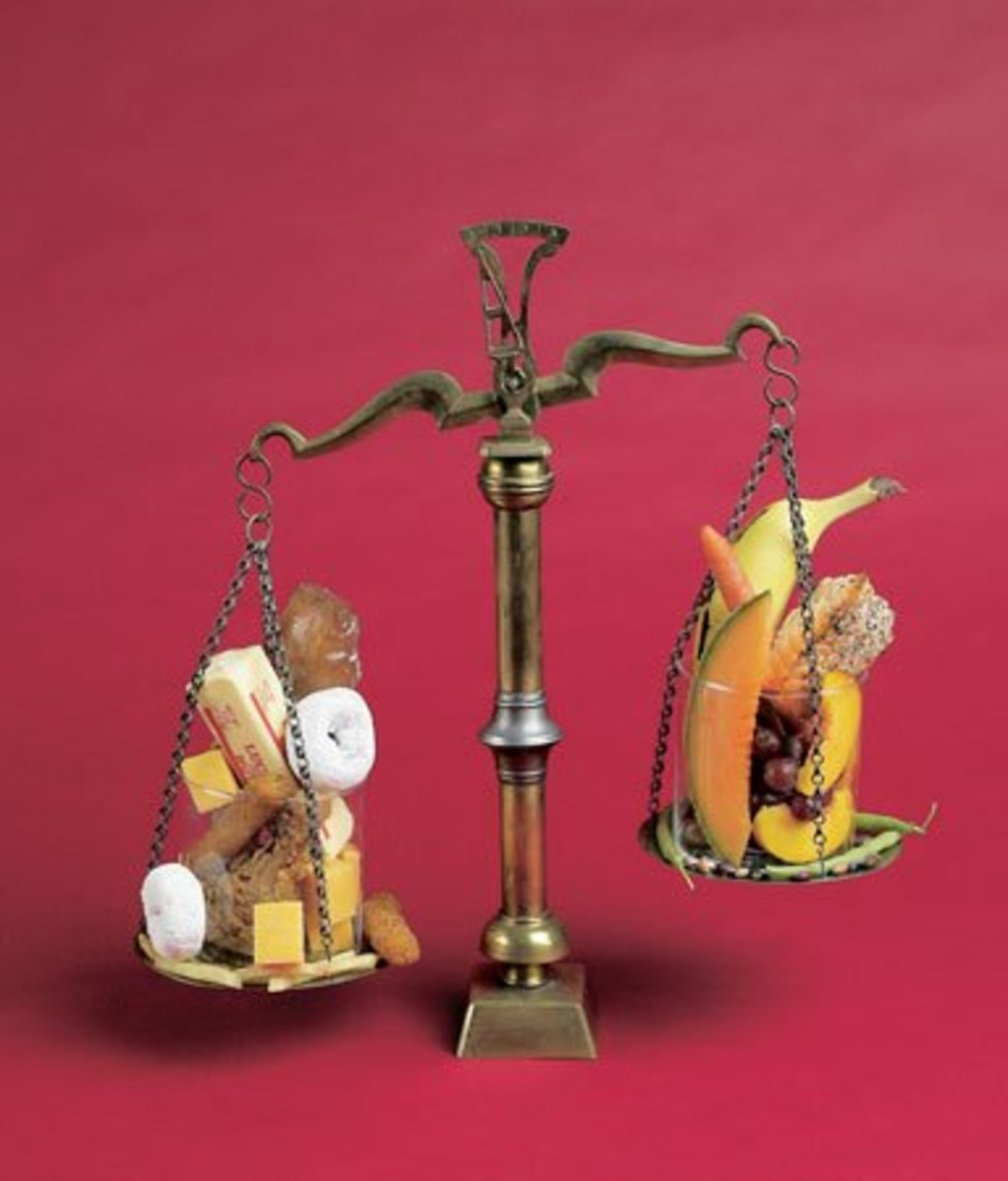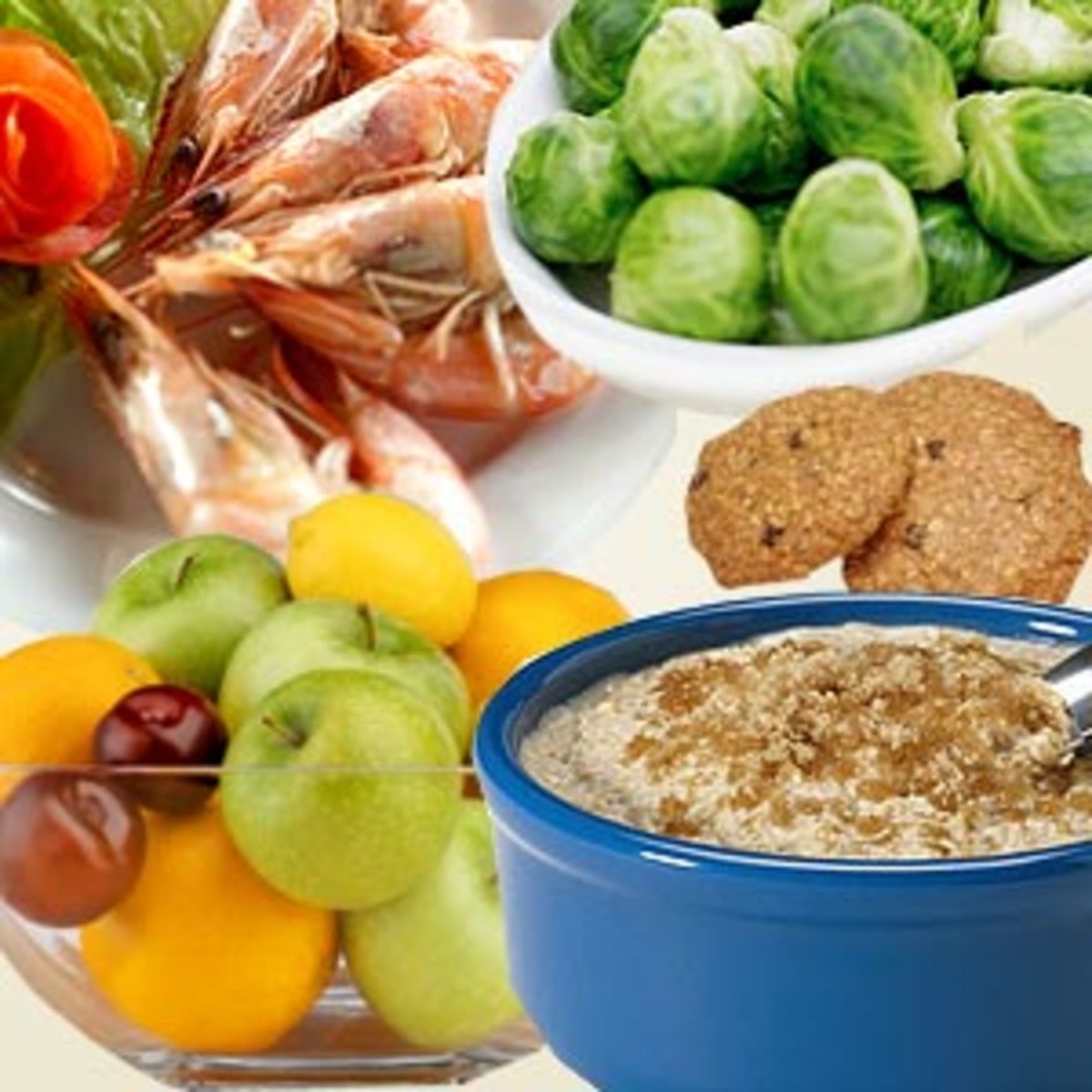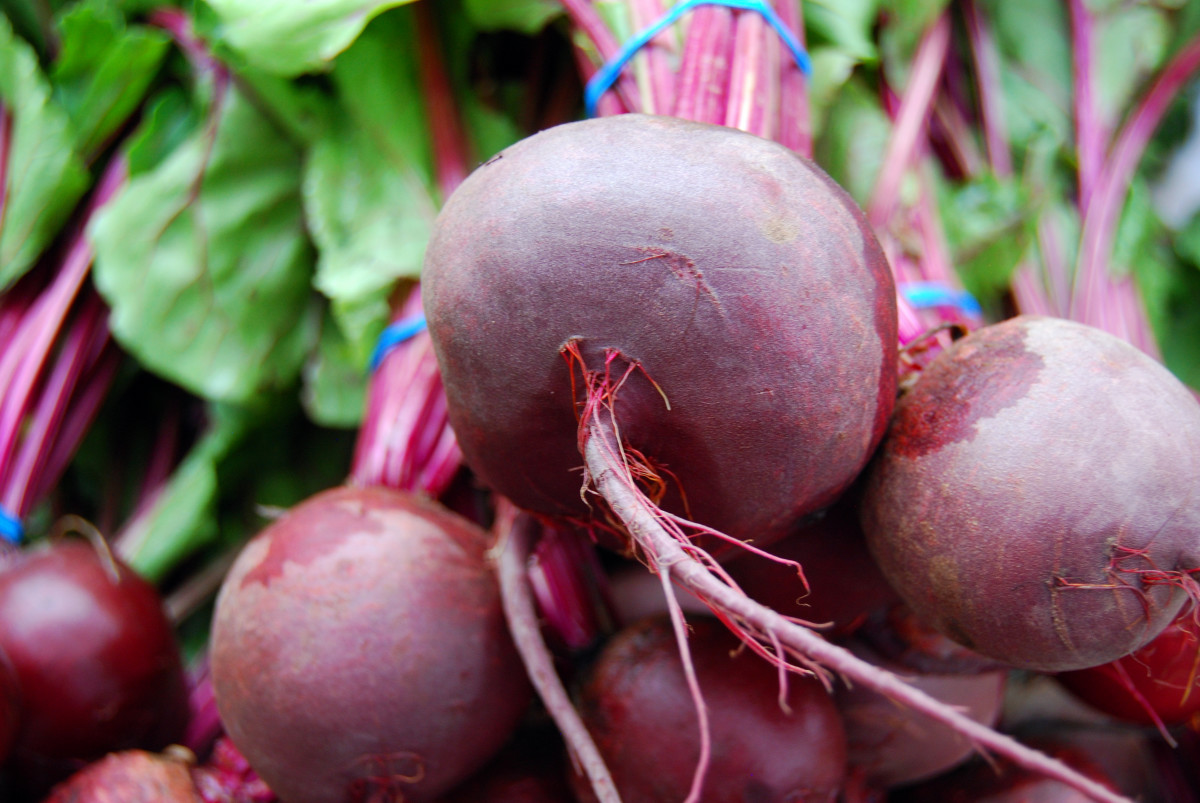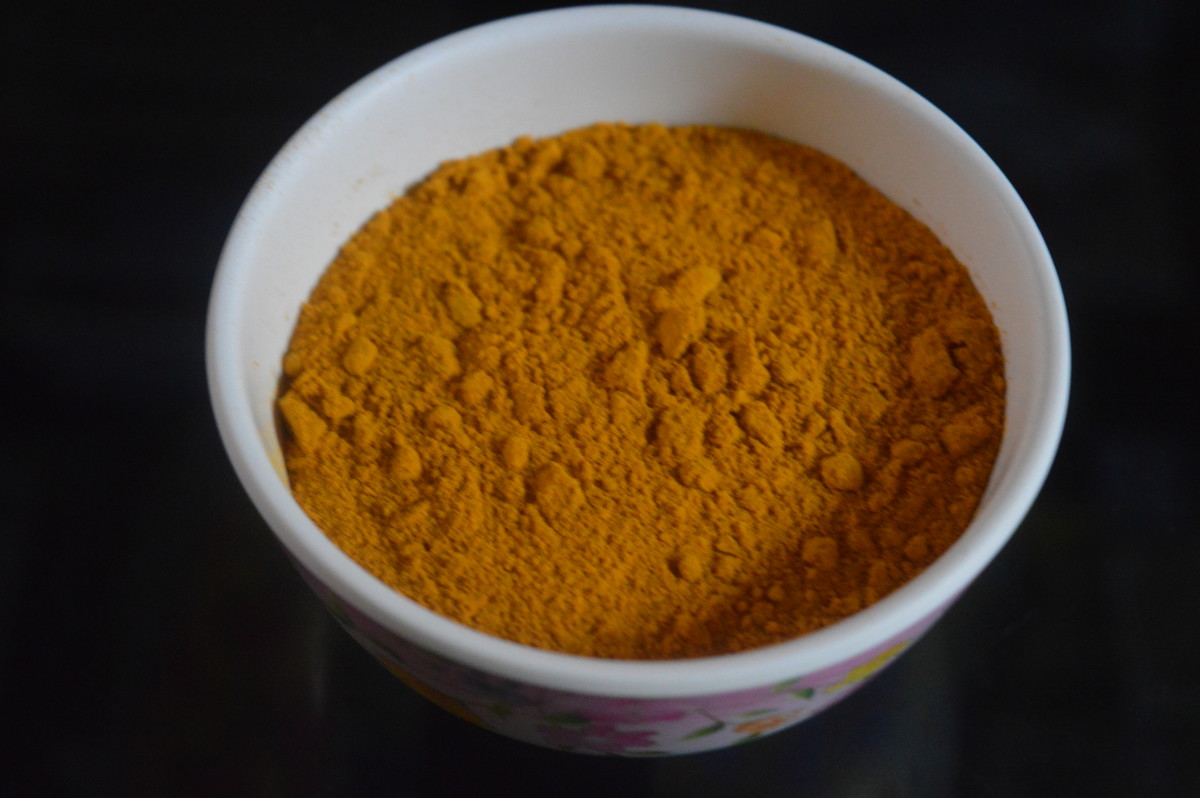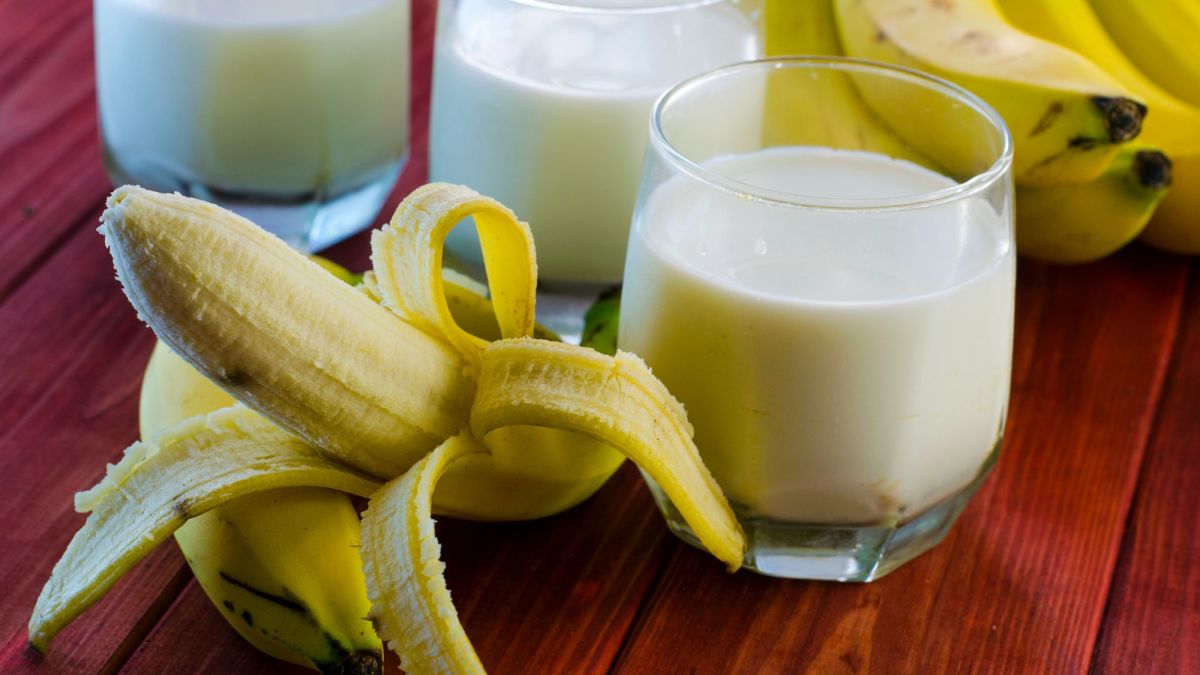- HubPages»
- Health»
- Diet & Weight Loss»
- Healthy Diets
Fat And Cholesterol Levels
Fat And Heart Disease


Red Yeast Rice
When your cholesterol levels are high, you have to much fat related substance in your blood stream. If the excess fat is allowed to build up on your artery walls, it can clog and restrict blood flow, this could lead to a heart attack or stroke.
Having said that...Cholesterol isn't all bad., its only when you have too much that it is a problem, our bodies naturally produces cholesterol and it does some pretty important jobs, it helps to build new cells, produces hormones and insulates nerves.
It can be confusing with terms such as dietary cholesterol, serum cholesterol, HDL cholesterol, and LDL cholesterol, if you are like me you may have trouble knowing the good from the bad.
Dietary Cholesterol: is contained in food (of animal origin mostly) one egg has 275 milligrams, whereas an apple has none.It is recommended by the American Heart Association that your daily intake be limited to 300 milligrams.
Serum Cholesterol: Is in your blood stream and this is what the doctor measures when doing a cholesterol test. It is desirable that the reading is under 200.
HDL Cholesterol :(high-density lipoprotein) The higher levels of HDL the better..it is considered the good for its artery-scouring ability.
LDL Cholesterol:(low-density lipoprotein) is HDL's artery clogger..the lower the levels the better.
Fresh Fruit And Vegetables
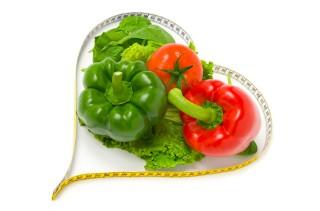
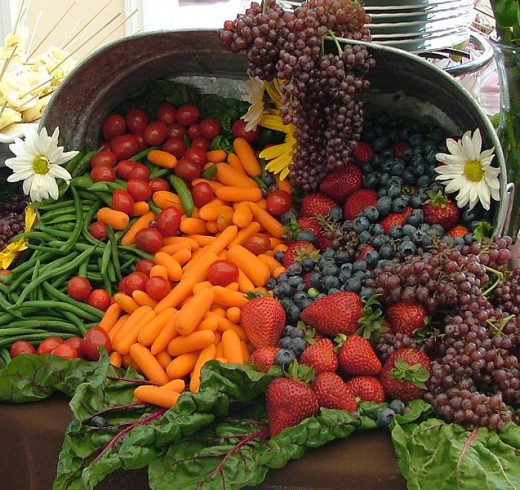
Lowering Cholesterol
There are many cholesterol lowering drugs on the market today.....
But this can also be achieved for the most part thru diet.
The purpose of the diet is to lower blood cholesterol. Blood cholesterol has two sources: cholesterol is made in the body and it comes from one's diet. There are three major dietary changes which will decrease blood cholesterol in most individuals.
- Restriction of dietary cholesterol to no more than 300 mg. /day.
- Restriction of saturated fat : to no more than 10% of total fat intake.
- Limit total fat intake to no more than 30% of calories.
Dietary Cholesterol
Dietary cholesterol is supplied by foods of animal origin, and any foods that contain meat or meat fat contains cholesterol.
Saturated Fat:
A saturated fat is usually a fat of animal origin. Its consumption usually raises the blood cholesterol, and it is therefore restricted.
Polyunsaturated Fat:
Poly unsaturated fats are fats that are of plant origin. It may be used as desired.
General Instructions For A Low Cholesterol Diet
- Eat no more than three eggyolks per week, including eggs used in cooking.
- Use Non-Fat dairy products. Approximately 2 cups daily is recommended.
- Eat fruits, vegetables, and grain products. There is no cholesterol in these foods.
- Limit lean beef, pork, and lamb to 3-4 meals per week. Avoid use of shellfish and organ meats. use poultry, fish or veal for the meat dish. Remove skin from the poultry before eating.
- Desserts should contain no animal fat. Prepare pies, cakes, cookies with non-fat milk, polyunsaturated fats, and egg substitutes.
- Use vegetable oils and soft margarine containing polyunsaturated fats rather than butter, hard margarine, and shortening which contain saturated fats.
Food Groups
Food Groups
| Allowed
| Avoided
|
|---|---|---|
Vegetables and Fruit
| All vegetables fresh, frozen, or canned as tolerated and vegetable juices.vegetables maybe boiled, baked, broiled, or prepared in sauce with allowed milk.All fruits and fruit juices as desired.
| Fried vegetables and those rich in creamsauce. Vegetables prepared with fats other than unsaturated margarine or vegetable oil. Avocado and Coconut.
|
Dessert
| Angel food cake, gelatin. Puddings made with skim milk or egg whites: Plain cornstarch puddings, breadf, rice, tapioca pudding. Sherbet, fruit ice, fruit whips, meringue pastries, cakes, cookies and other baked products made with unsaturated fats (corn oil, safflower oil, or soybean oil). and egg allowance and skim milk.
| Chocolate, ice-crem, ice-milk, milk sherbets, puddings, fudge. baked pastries, cakes, pies and fried foods made with butter, margarine hydrogenated vegetable shortening, cream, whole milk or egg yolks. Also cake mixes and all prepared foods where fats or sauces are of unknown origin.
|
Fats And Oils
| Margarines, liquid oil shortenings, salad dressings, and mayonnaise containing any of these polyunsaturated vegetable oils listed as the first ingredient: Corn oil, Cottonseed oil, Safflower oil, Sesame seed oil, Soybean oil, Sunflower seed oil.
| Solid fats and shortenings: butter, lard, salt pork fat, suet, meat fat, completely hydrogenated margarines and vegetablle shortenings, products containing coconut oil, palm oil, cream, cream cheese, Peanut oil, and olive oil may be used occasionally for flavor, but they are low in polyunsaturates and do not take the place of recommended oil.
|
Miscellaneous
| Frozen or canned fruit with sugar added, jelly, jam, marmalade, honey, pure sugar candy such as gum drops, hard candy, mint patties (not chocolate), imitation ice-cream made with safflower oil, dry roasted nuts, herbs seasonings, marshmallow, unbuttered popcorn, non-hydrogenated peanut butter. Condiments: Salt, pepper, moderate seasonings such as onion, garlic and celery salt, spices such as cinnamon and nutmeg, herbs, extracts, catsup,vinegar.
| Coconut: commercial cakes, pies, cookies, and mixes : frozen cream pies; commercially fried foods such as potato chips, french fries, and other deep fried snacks; gravies, meat sauce; cream sauce, chocolate, candies made with cream, chocolate or fat; olives; hydrogenated peanut butter.
|
Sample Menu
BREAKFAST
| LUNCH
| DINNER
|
|---|---|---|
Fruit or Juice
| Meat
| Meat
|
Cereal
| Soup - Crackers
| Potato or substitute
|
Toast - Jelly
| Hot Vegetable
| Hot Vegetable
|
Margarine - 1 tsp.
| Salad or Juice
| Salad or Juice
|
Skim Milk
| Dessert or Fruit
| Dessert or Fruit
|
Hot Beverage
| Bread
| Bread
|
Sugar
| Margarine - 1 tsp.
| Margarine - 1 tsp.
|
Salt
| Slim Milk
| Skim Milk
|
Other Beverage
| Other Beverage
| |
Sugar
| Sugar
| |
Salt
| Salt
|


